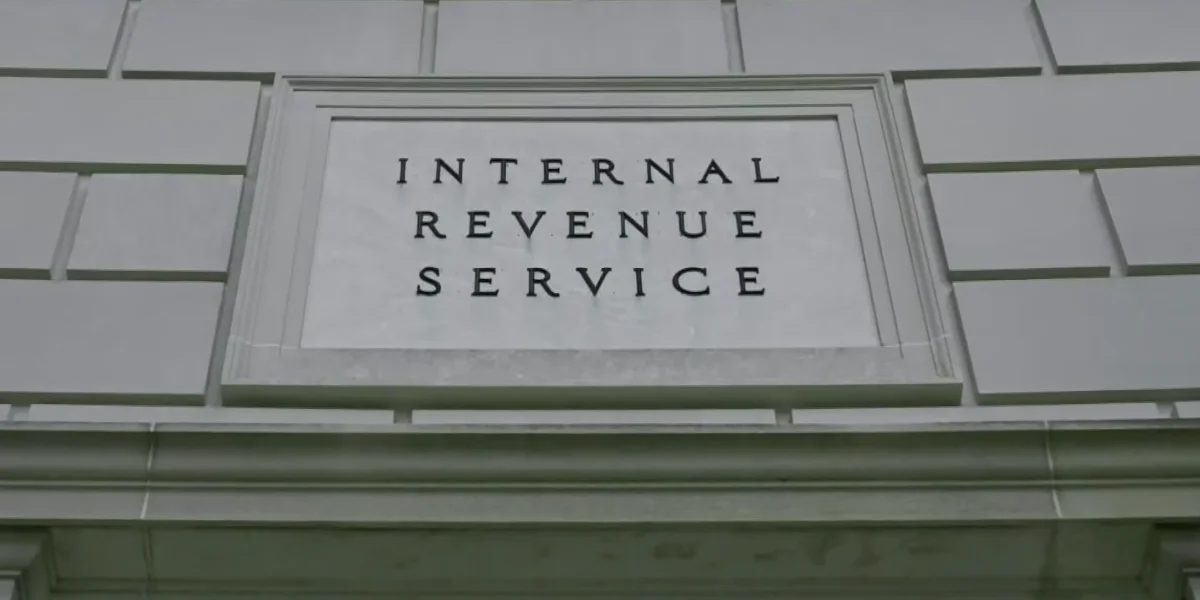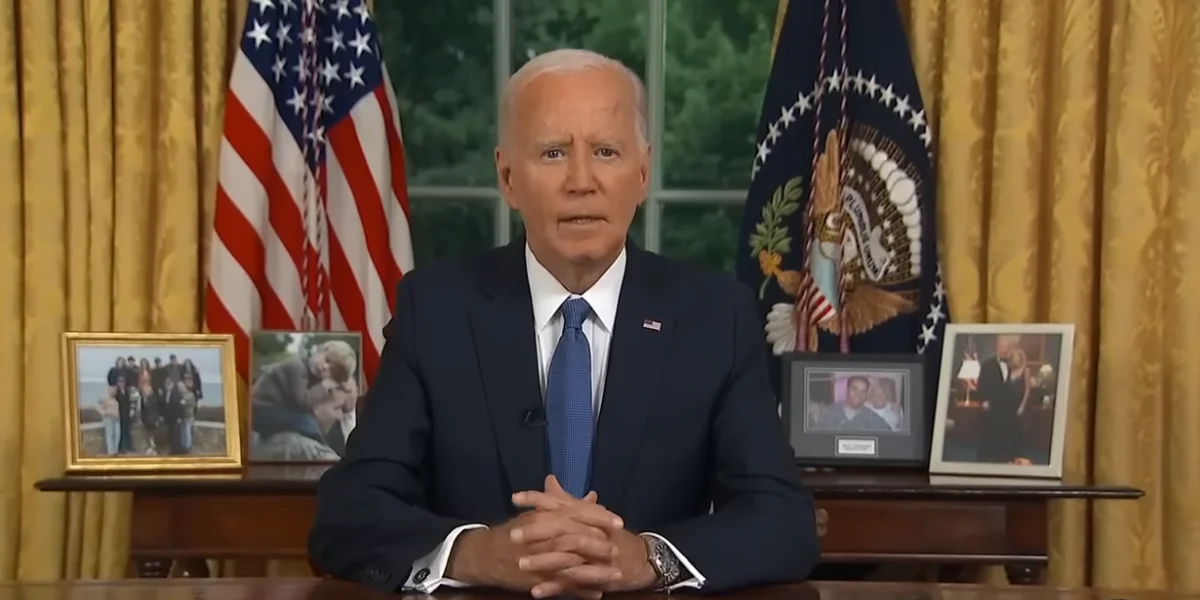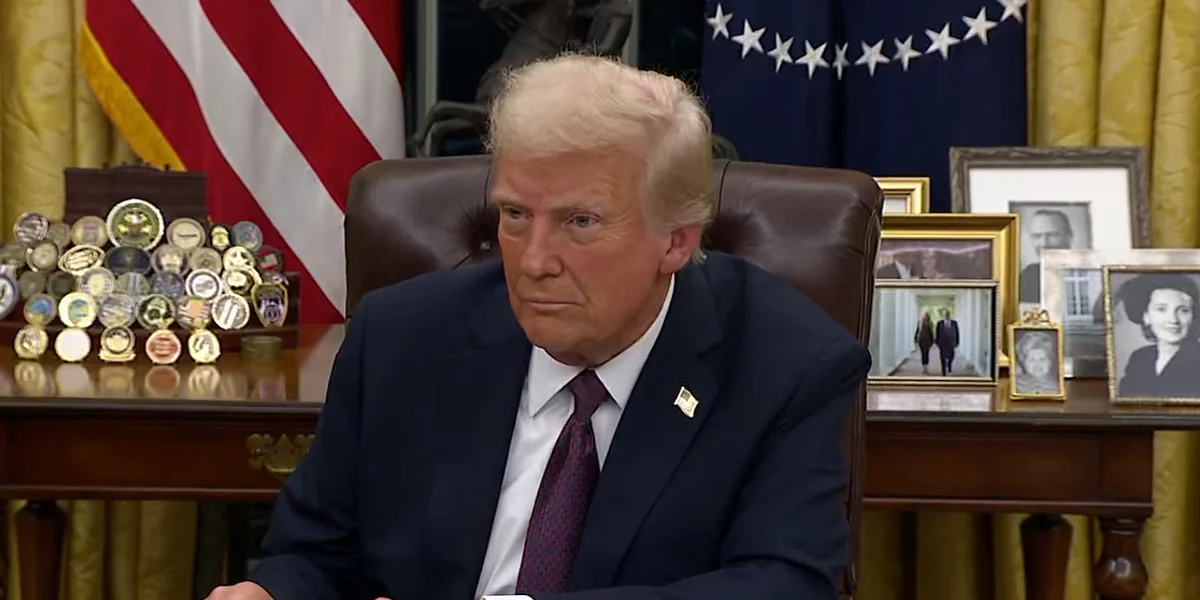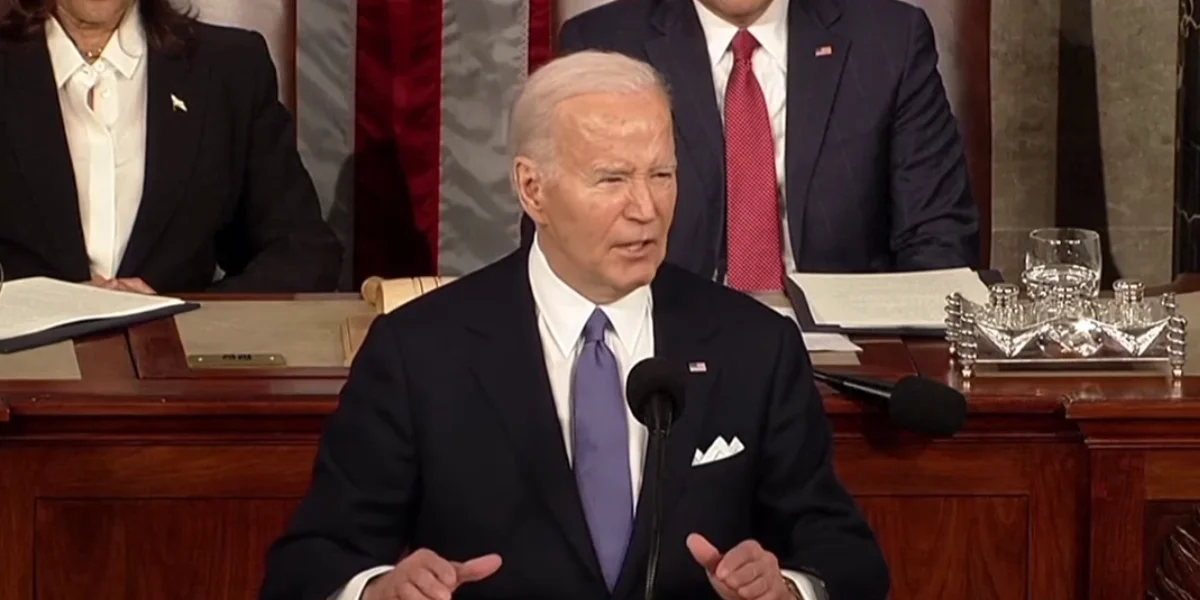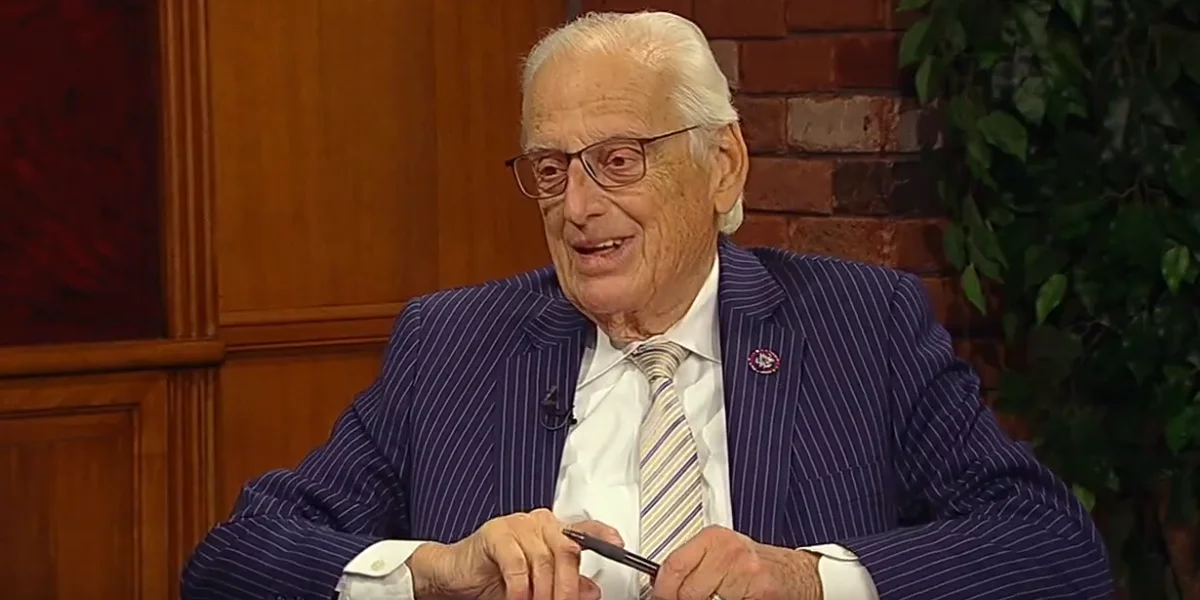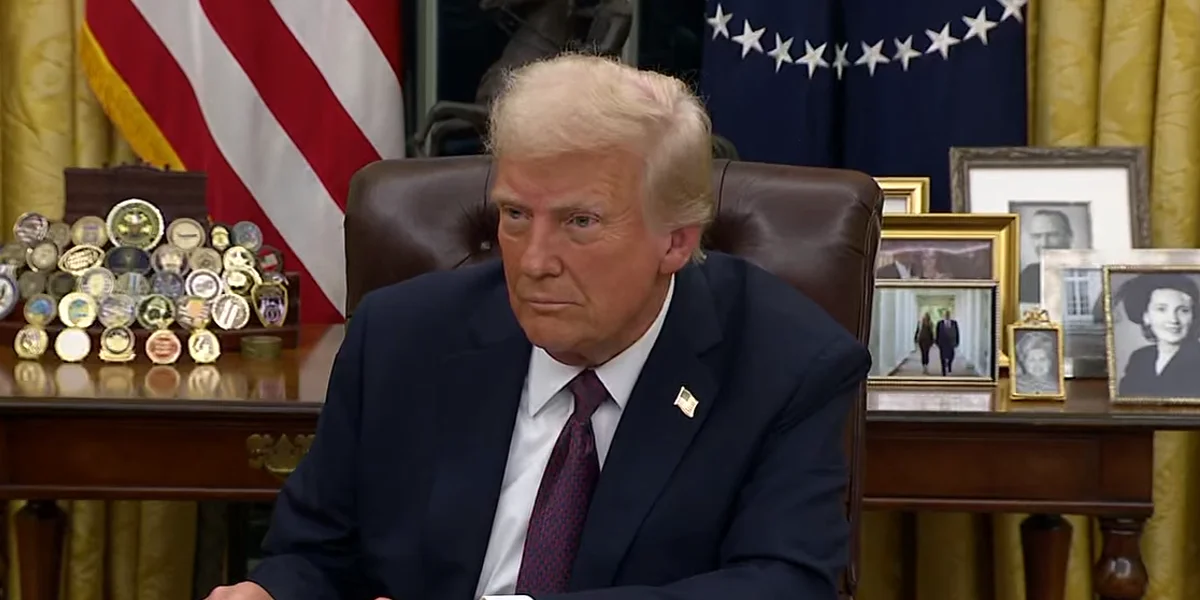Trump is to impose tariffs on Canada, Mexico, and China on Saturday, the White House said
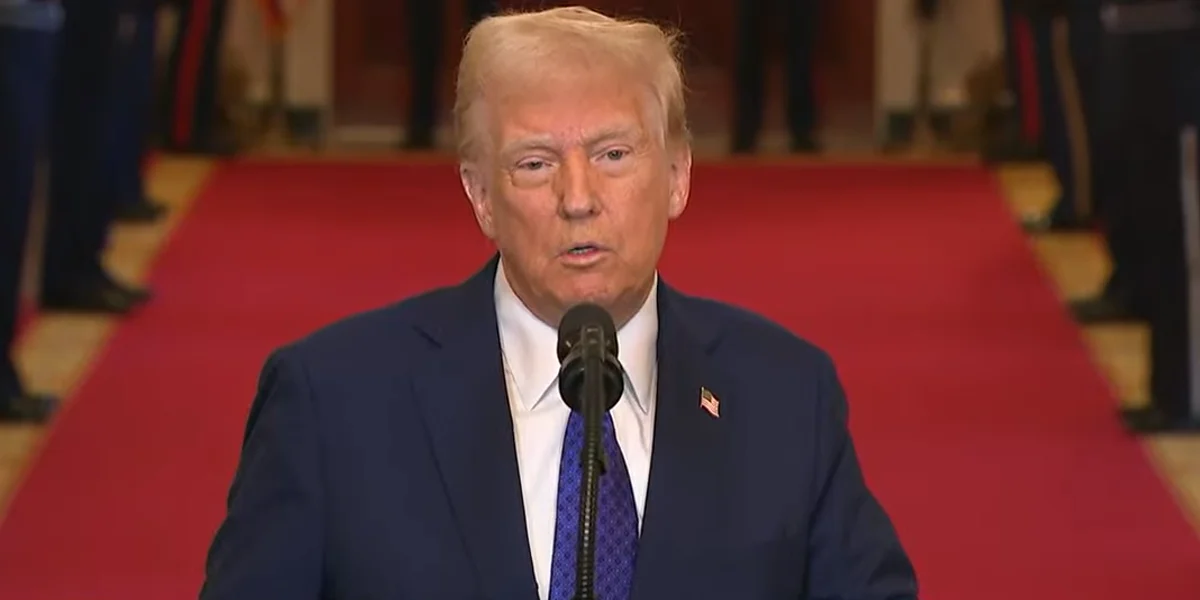
The White House said Friday that President Donald Trump will apply a 25% tariff on goods imported into the United States from Canada and Mexico, as well as a 10% tax on those imported from China, on Saturday, potentially raising costs for those products.
Trump has stated that he is explicitly targeting Canada, Mexico, and China with tariffs in order to persuade them to halt the flow of illegal immigrants and illicit narcotics into the United States, as well as to reduce their trade surplus with the US.
The United States' trade imbalance with Canada has risen from $31 billion in 2019 to $72 billion in 2023, owing primarily to increased American purchases of Canadian energy. Over the same time period, the trade deficit with Mexico has increased from $106 billion in 2019 to $161 billion, as the United States reduces imports from China while importing more electronic devices, shoes, and other goods from south of the border.
Trump had previously stated that he would impose tariffs on the first day of his presidency, but on Inauguration Day, he announced that the duties would go into effect on February 1. White House press secretary Karoline Leavitt assured reporters on Friday that Trump will meet the February 1 deadline.
However, Leavitt's confirmation of the additional tariffs appeared to put an end to debate over whether the president would carry out his campaign commitment to levy the new taxes.
She said the tariffs would amount to a 25% duty on Mexico and Canada and a 10% tariff on China “for illegal fentanyl they have sourced and allowed to distribute into our country, which has killed tens of millions of Americans.”
“These are promises made and promises kept by the president,” she said.
Tariffs might raise the prices individuals and companies in the United States pay for items from Canada, Mexico, and China, including as electronics, toys, shoes, fresh vegetables, timber, and autos. Companies that import goods into the United States pay tariffs, which are equivalent to taxes.
Tariffs during Trump's first term were narrower in scope than the current plan, with a long list of exclusions and delays for certain items and sectors. Economists discovered that tariffs raised prices for some imports, resulted in a net loss of manufacturing employment, and lowered corporate investments since corporations had to pay more to import supplies and parts.
Trump last week ridiculed the notion that American consumers were dependant on imports from its two North American neighbors.
“We don’t need what they have,” Trump said, referring to Canada and Mexico.
Mexico and Canada have promised to react with their own taxes on US imports, potentially harming American firms that trade to those nations, including as energy producers, ranchers, and manufacturing.
“If the President does choose to implement any tariffs against Canada, we’re ready with a response. A purposeful, forceful, but reasonable immediate response,” Canadian Prime Minister Justin Trudeau said Friday. "We won’t relent until tariffs are removed and, of course, everything is on the table.”
A group of top Canadian officials has been in Washington for several days, engaging with various administration officials in an effort to avoid the application of 25% tariffs. If the taxes are implemented, Canada's behind-the-scenes campaign might become a full-court blitz. Premiers from all of Canada's provinces, led by Ontario Premier Doug Ford, are scheduled to visit Washington on February 12 for a bigger mission.
According to Karl Schamotta, chief market strategist of Corpay Cross-Border Solutions, Trump's planned tariffs may raise annual tax obligations by $272 billion. The Peterson Institute calculated that Trump's proposed tariffs will cost the average US household more than $2,600 per year.

